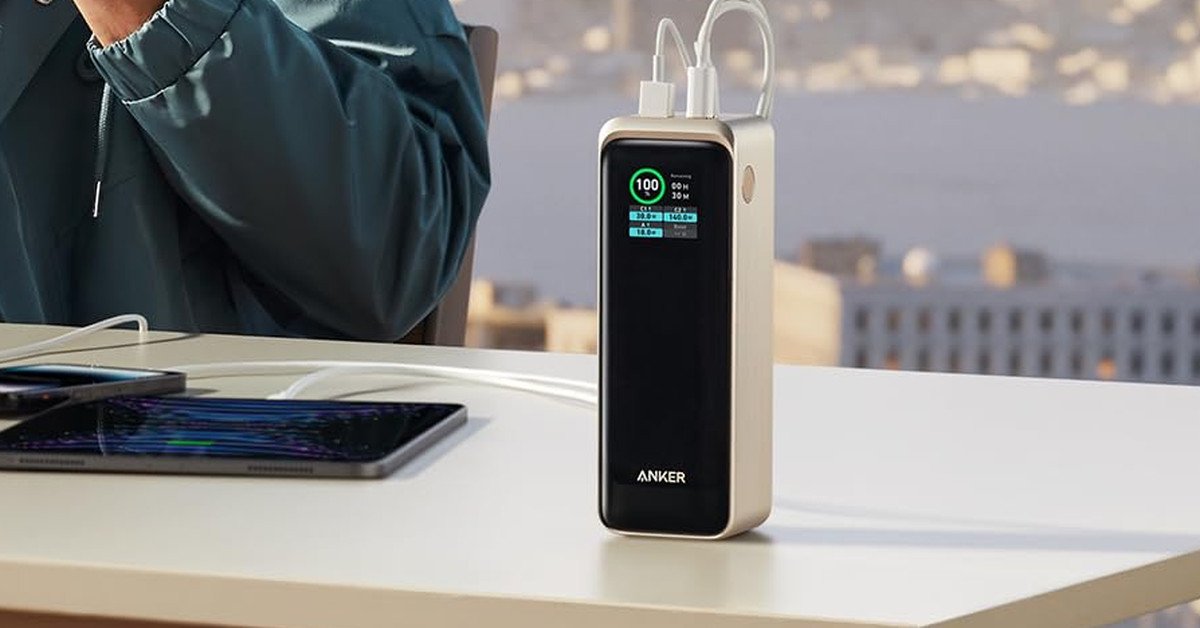My army of portable chargers numbers eight soldiers. It’s a bit ridiculous, but the versatility gives me the flexibility to choose the perfect charger for my daily needs, be that as it may Stylish MagSafe charger To keep my iPhone running for longer days or a larger brick for my iPad, camera, and other devices when I expect heavy use. My collection has grown as charging technology has improved over the years, but it is far more than anyone needs.
I hope to combine my collection with Anker Prime Power Bank 27,650 mAh (250W) I’ve been looking forward, and now seems like a good time to buy since it matches its all-time low of $124.99 ($55 off) at Amazon And directly from Langerhans With the code WS7DV2MTYMJV. It is compatible with Optional magnetic charging base for $69.99but you can also use the included 140W charging cable to charge the power bank or charge your USB-C devices.
For most techies, a $125 power bank is considered overkill. If all you worry about charging is your phone maybe Nintendo Switch Or a pair of earbuds for the occasional extended outing, you can easily get something for half the price. But it’s easier to justify stretching your budget for something like this when you regularly carry laptops, tablets, cameras, and other gear that you can’t wait forever to charge.
It’s a little larger and heavier than a regular power bank – small enough to be ‘portable’ but certainly not intended for pockets – however, the 27,650 mAh capacity may be worth the heft. Starting at 100 percent, it should fully charge smaller laptops e.g MacBook Air With extra space, devices with smaller batteries can get several additional cycles. Cheap power banks can also do this, but you’re really paying for the charging bandwidth here.
The maximum output of 250W (the fastest available from Anker’s smaller options) is split across two USB-C ports that can charge devices at up to 140W each (if used alone) and a USB-A port that can charge up to 65W. If you’re charging two devices, you can draw up to 140W and 100W from each USB-C port at the same time or 140W and 65W from USB-C and USB-A.
With three devices, the USB-C ports still offer plenty of vertical space at 140W and 92W, but the USB-A port takes a sharp drop to 18W – still adequate for charging a phone or smaller accessories at decent speeds. There’s one caveat to all this: There’s a built-in mechanism that periodically throttles charging speeds when the power bank is below 55 percent capacity, which Anker considers necessary to maintain long-term battery health.
I also like the built-in display that shows the power bank’s total capacity and how much time is left before it’s fully charged (Anker claims it can go from empty to full in less than 37 minutes), as well as the current power being delivered to each bank. harbor. There’s also a companion app that shows all of this, as well as a feature that makes the power bank beep to help you locate it.

